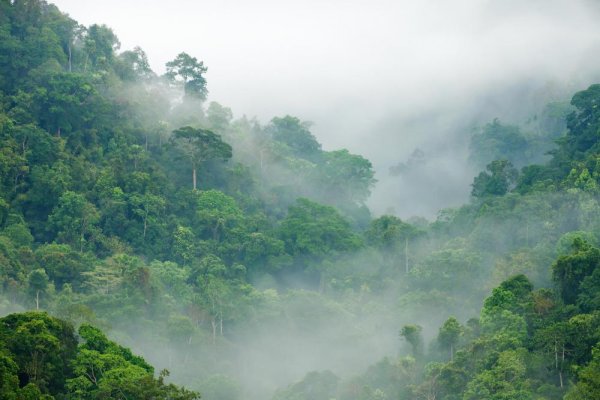Earth has lost 35% of its forests in the past 300 years
The United Nations Environment Programme (UNEP) report indicates that Earth has lost 35% of its forests in the past 300 years.
The report shows that since 1990, Earth has lost 178 million hectares of forests, including the impact of human activities such as logging and conversion to other land uses.
UNEP also indicates that between 2015 and 2020, more than ten million hectares of forest were lost globally each year.
Experts in the environment suggest that efforts to protect forests need to be intensified, or Earth will face unpredictable consequences.
UNEP also reveals that 82% of deforestation is driven by human activities, including logging and urban expansion, land clearing for agriculture, infrastructure development, and others.
The report emphasizes that the issue extends beyond just deforestation, as the degradation of forests plays a significant role in exacerbating climate change.
Even though half of the world’s forests are found in five countries—Brazil, Canada, Russia, the United States, and China—these countries have started experiencing deforestation, with Brazil losing 30% of the Amazon rainforest alone.
UNEP projects that if current trends continue, forests could cover only 56% of their current area by 2050.
In 2021, a study showed that the Amazon rainforest, the world’s largest, still covers approximately 5.5 million square kilometers, remaining a crucial carbon sink, absorbing more carbon dioxide (CO2) than it emits, while also producing a significant amount of oxygen (O2).
In different periods, Rwanda has made efforts to combat deforestation, including the introduction of a reforestation and agroforestry program in 2009.
According to the Forest Cover Mapping Report of 2019, about 30.4% of Rwanda’s land area is covered by forests, equivalent to 724,695 hectares.
This represents a significant increase of 20.7% in forest cover in Rwanda over the past decade (2009-2019), with particular emphasis on the protection of natural forests.
Increasing forest cover is seen as a key strategy in Rwanda’s efforts to enhance resilience to climate change, promote tourism, increase agricultural productivity, and improve the well-being of Rwandans.
Moreover, every year, Rwandans plant over one million trees as part of a national program launched in 2011 aimed at helping Rwanda achieve its vision of becoming a middle-income country with a green economy by 2050, focusing on combating climate change.

